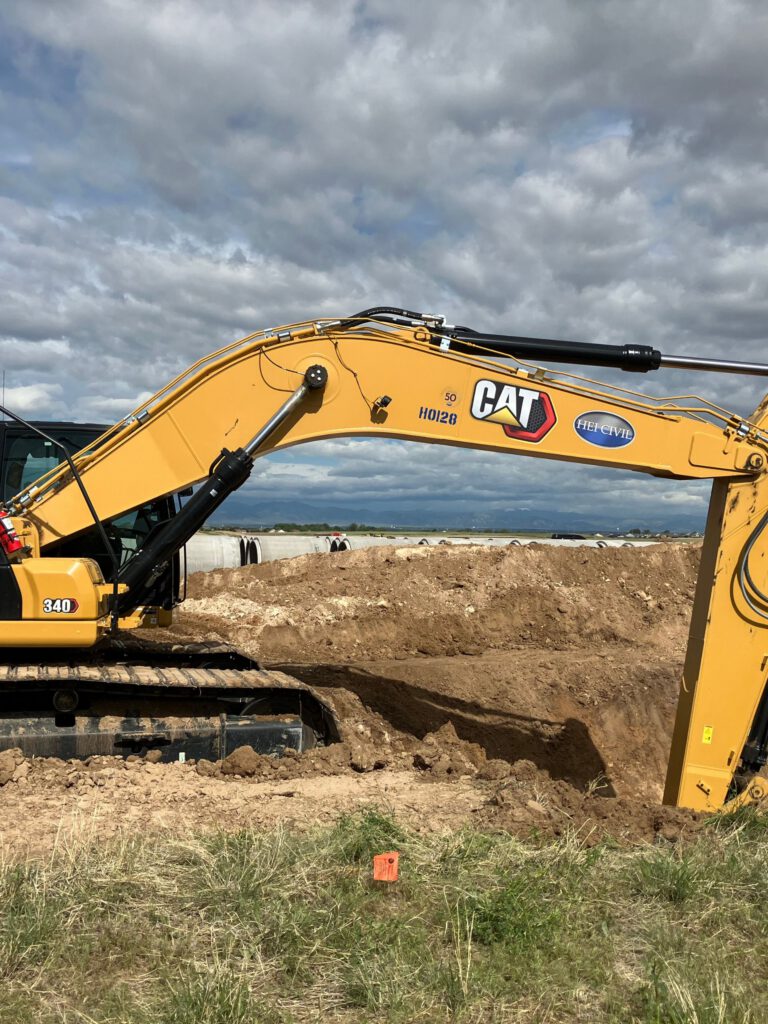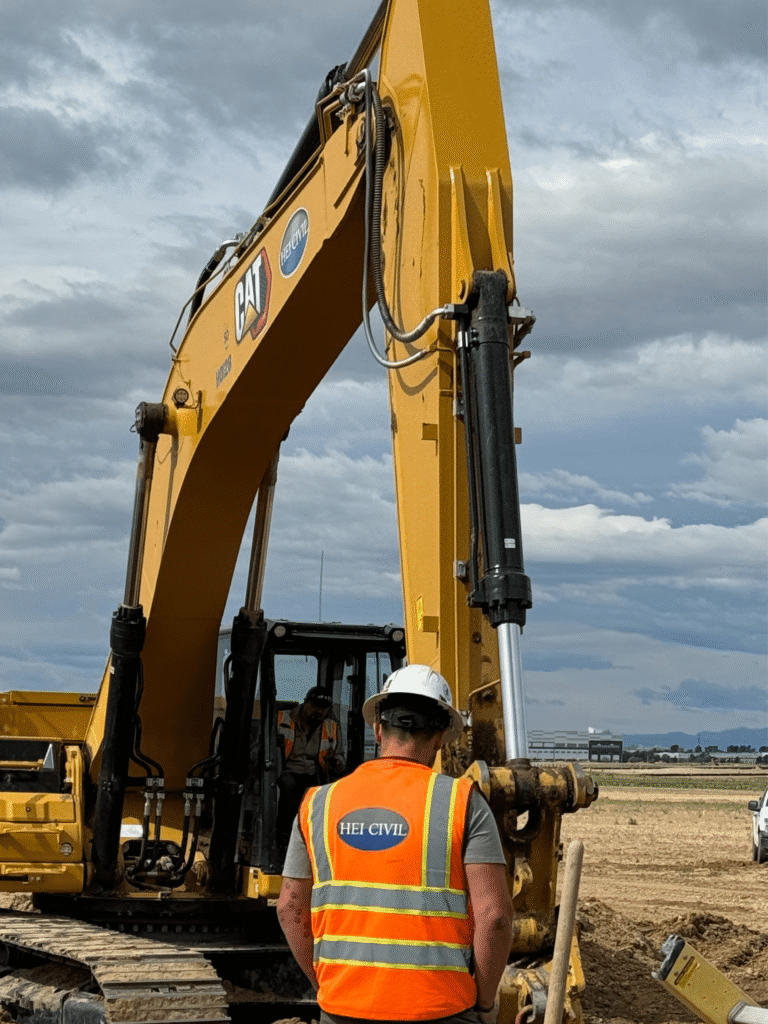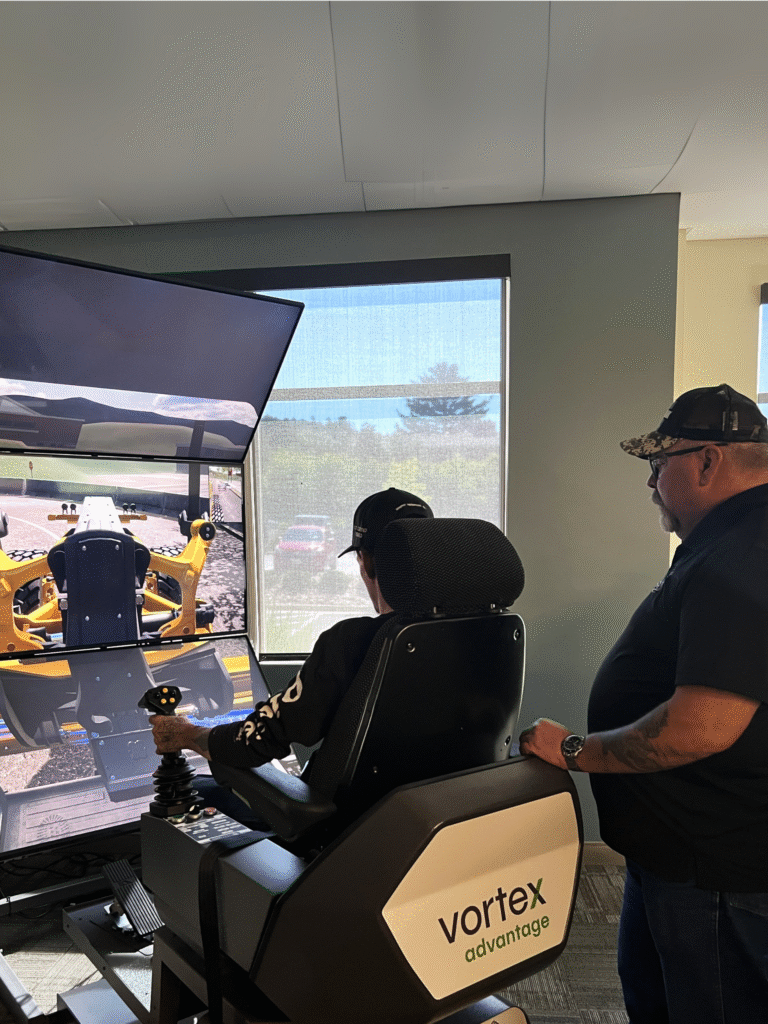To complete the wide range of projects that we have at HEI Civil, we need a large fleet of equipment. Proper fleet management requires many different management systems. We use them to help keep track of our equipment, maintenance, fuel usage, and more. Below are some of the ways that we use to manage our fleet.
Maintenance Management
Our fleet’s maintenance strategy begins with daily equipment inspections conducted by operators. These reports are sent directly to our team for review. This helps to catch minor issues with equipment before they become major problems.
Our shop utilizes scheduling software and equipment utilization reports to help technicians work most effectively. We increase maintenance efficiency by identifying and utilizing idle equipment time, preventing schedule conflicts, and minimizing rework.
Fuel Management
To manage our fuel, we rely on HCSS’ FuelerPlus software to track our burn rates on equipment and manage fuel on each job site in real-time. In the last three years, we’ve focused on adding eco-friendly equipment, with our fleet now comprised of 76% Tier 4 final equipment, including scrapers, dozers, and more. All these pieces of equipment meet or exceed the environmental requirements across the country.
Use of technology
We utilize numerous programs to assist in our fleet management, including the following,
- Emkay Fleet Management
- HCSS E-360
- VISIONLINK
- HCSS LMS
External Business Management
Our fleet works to maintain strong relationships with external vendors and adhere to federal regulations.
- We have monthly meetings with our insurance brokers to manage incidents and prepare for safe drivers.
- We use Samsara to monitor our Department of Transportation hours, Driver-Vehicle Inspection Reports, and bills of landing.
- We partner with State Law Enforcement for training.
- We use Foley for driver qualifications files.
- We regularly meet with CAT, Wagner, Carolina CAT, and Holt to schedule oil sampling, telematics, service trade-ins, forecast equipment, and more.
Risk Management
We emphasize team member training from an operator’s first day. All team members are trained in our SOPs (Standard operating procedures) and attend safety training before operating or working on equipment. For more complex training, we have an in-house trainer and a heavy equipment simulator to test an operator’s skills before they arrive at the job site. Our strategy includes third-party safety inspections, rigging inspections before every use, an annual internal safety audit at our shops, and quarterly DOT inspections to ensure we never have an expired yearly inspection.
Managing a large fleet requires continuous effort. Standard fleet management procedures ensure safety, consistency, and quality across our fleet and projects.





